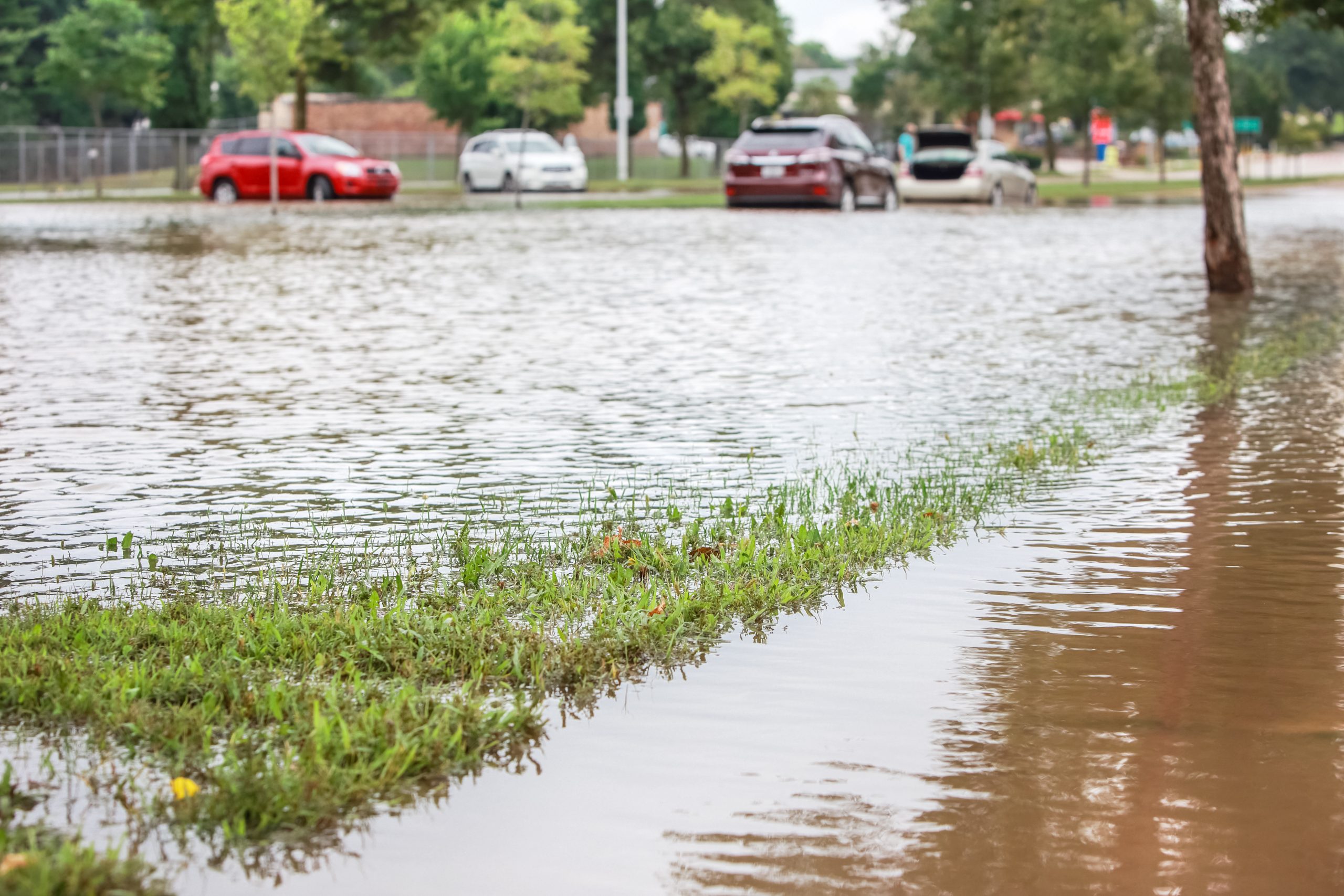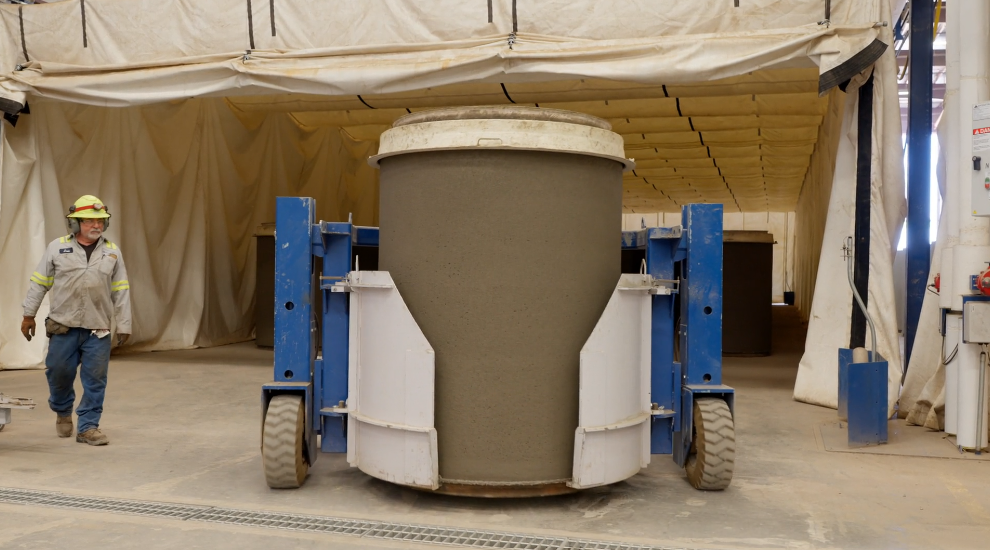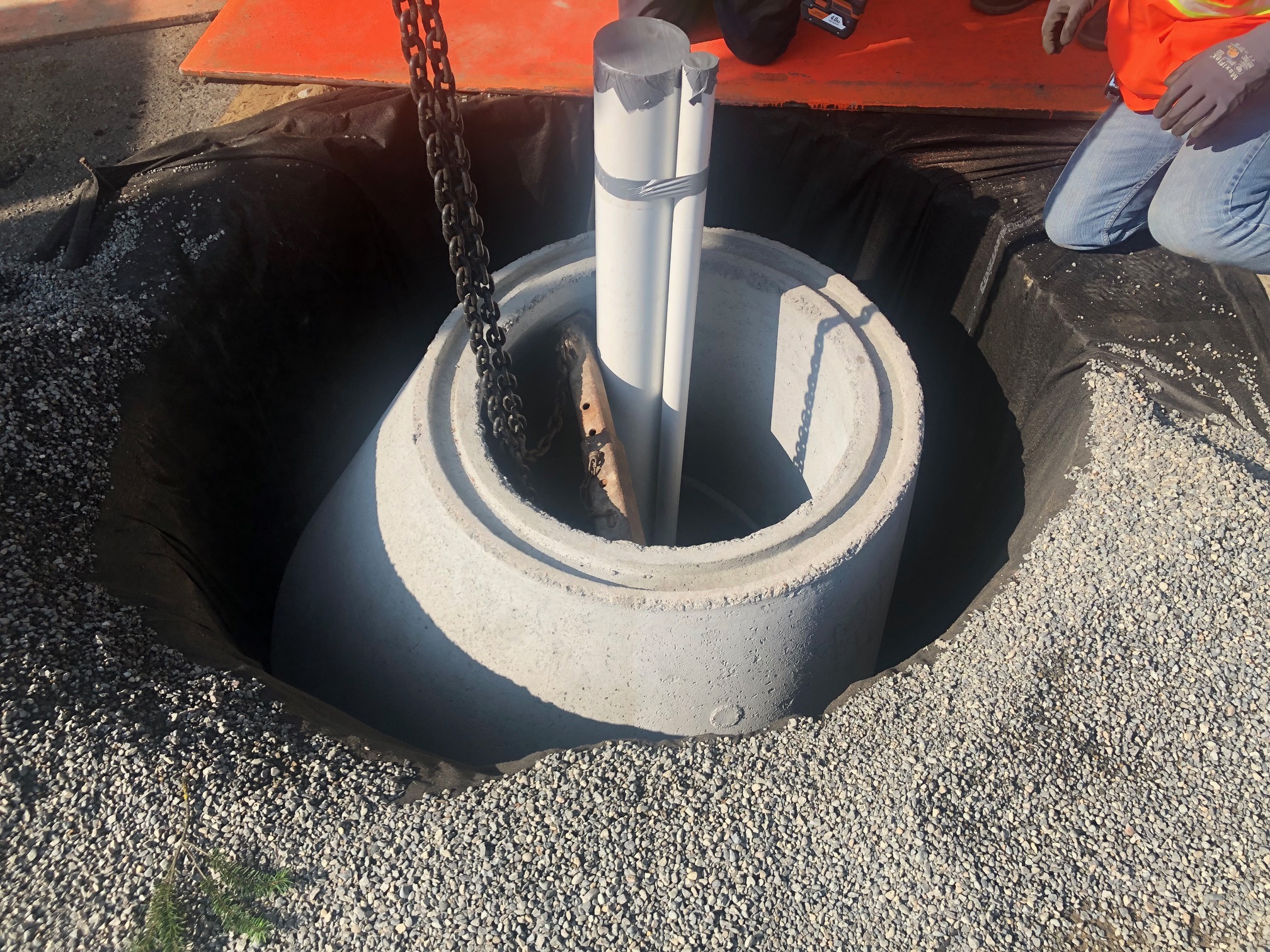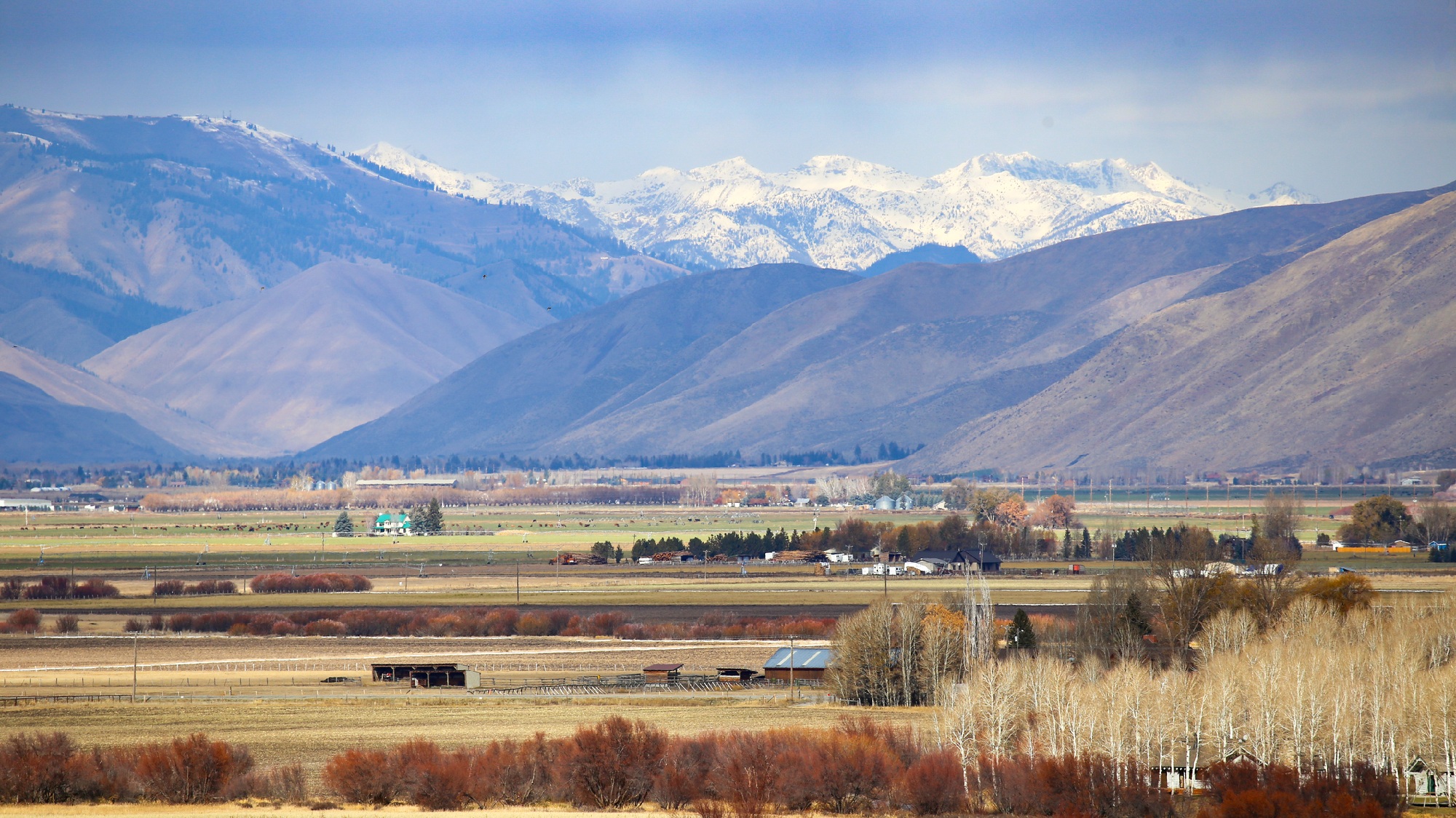November 24, 2025
Stormwater Infiltration Trends Shaping Urban Resilience: How MaxWell® Leads in Green Infrastructure Integration

As the commercial director for MaxWell® at Oldcastle Infrastructure, I’ve witnessed firsthand how infiltration has evolved from a niche strategy into a central pillar of modern stormwater management.
Over the past decade, this shift has been driven by a combination of regulatory pressure, environmental awareness, and the urgent need to mitigate urban flooding. MaxWell® is not just responding to these trends—it’s helping define them.
Infiltration Over Detention: A Paradigm Shift
Municipalities and developers are increasingly prioritizing infiltration systems over traditional detention and conveyance methods. This shift reflects a growing recognition that managing stormwater at its source—by allowing it to percolate into the ground—is more effective for long-term resilience. MaxWell®’s subsurface infiltration design supports this approach by reducing runoff volume, promoting aquifer recharge, and restoring natural hydrologic cycles.
Integration with Green Infrastructure
One of the most exciting trends is the integration of infiltration systems into broader green infrastructure strategies. MaxWell® complements surface-level solutions by adding subsurface capacity that enhances overall system performance. This synergy allows for greater design flexibility and supports multifunctional landscapes that deliver both ecological and aesthetic benefits.
Meeting LID and TMDL Requirements
As regulations tighten, infiltration systems are increasingly used to meet Low Impact Development (LID) and Total Maximum Daily Load (TMDL) benchmarks. MaxWell® is engineered to reduce pollutant loads and manage stormwater volume, making it a powerful tool for compliance. Its modular design and adaptability to various soil types and water table depths ensure it can be tailored to meet specific site and regulatory needs.
Design Flexibility and Site Adaptability
The system’s precast concrete construction and modular configuration allow it to perform across a wide range of site conditions. Whether installed in new developments or retrofit projects, MaxWell® accommodates varying infiltration rates and soil profiles. This flexibility is critical in urban environments where space, soil, and water table constraints often challenge traditional solutions.
Innovation Through Collaboration
At Oldcastle Infrastructure, we’re committed to staying ahead of the curve. We invest in research, collaborate with engineers and regulators, and continuously refine MaxWell® to meet emerging needs. This proactive approach ensures that MaxWell® remains at the forefront of stormwater innovation—ready to support communities in building more resilient, sustainable infrastructure.
Conclusion
As infiltration continues to gain momentum in stormwater management, it’s clear that the industry is moving toward solutions that are not only technically sound but also environmentally responsible. MaxWell® stands at the intersection of innovation and impact—supporting regulatory compliance, enhancing green infrastructure, and enabling resilient urban design. By staying informed on emerging trends and collaborating across disciplines, we’re not just adapting to change—we’re helping lead it.
With MaxWell®, communities can build infrastructure that works with nature, not against it, creating a more sustainable future for generations to come.
Learn more
- Discover MaxWell®.
- Try our online design tool.
- Read about our Service and Maintenance.


